Abstract:
Background: Emerging viral diseases are spreading to new geographic locations, influenced by human activities and climate change. Morbillivirus canis (also known as canine distemper virus, CDV), the etiological agent of CD, is distributed worldwide and shared between wild and domestic animals. Methods: A systematic review using MeSH terms was carried out from 1985 to 2024, focusing the search on studies (PubMed and WOS) that would detect CDV and sequence it in a known genotype in Carnivora hosts. Articles were reviewed by four researchers, and after quality assessment, we selected 160 published papers for data extraction, analysis, and spatial meta-analysis. Considering species studied, geographical location, and classified genotypes we identify 457 different individual studies (records) from which 332 records CDV was sequenced into a classifiable 17 main genotypes. Spatial meta-analysis was performed using QGIS, revealing distributions of animals in which a CDV lineage has been isolated; geographical lineages overlapping on different hosts have been measured as a density function.
Results: CDV host species belonged to the suborder Caniformia (93.7%) into families such as Canidae (75.2%), Mustelidae (9.7%), and Procyonidae (7.6%). Suborder Feliformia (6.1%) showed wild Felidae (5.1%) as the most represented family. Samples used were brain (13.74%), lung (12.4%), blood (10.8%), and nasal-eye discharges (8.9%; 8.1%). Reverse transcription-PCR (RT-PCR) (60.34%) and real-time-quantitative PCR (RT-qPCR) (26.57%) detecting H gene (62%) were most used to detect viral ARN. On genotypes, Europe/South America-1 (27.4%), Europe-3/Artic (15.5%), Asia-1 (14.5%), America-1 (11.2%), Europe- /European Wildlife and Africa (Africa-1 and Africa-2) (7.6%) were the most represented worldwide, being America-1 and Europe/South America-1 the most widely distributed around the world.
Conclusions: The analysis showed the wide multihost capacity and diversity of CDV, with dog (Canis lupus familiaris) as the most frequent (40%) and red fox (Vulpes vulpes) (30.2%) as the main wild host. Most of the detected lineages can be detected in several wild host families, in addition to the dog, suggesting constant spillover phenomena in shared habitats at the domestic–wild interface. The most cosmopolitan lineages mirror the distribution routes of their hosts, showing that it is difficult to establish a CDV-fixed picture in an interconnected world.
Perez Cutillas, Pedro & Ortega, Nieves & Huertas-López, Ana & Martínez-Carrasco Pleite, Carlos & Candela, Mónica. (2025). Geographical Distribution of Carnivore Hosts and Genotypes of Canine Distemper Virus (CDV) Worldwide: A Scoping Review and Spatial Meta-Analysis. Transboundary and Emerging Diseases. 27. 10.1155/tbed/6632068.

